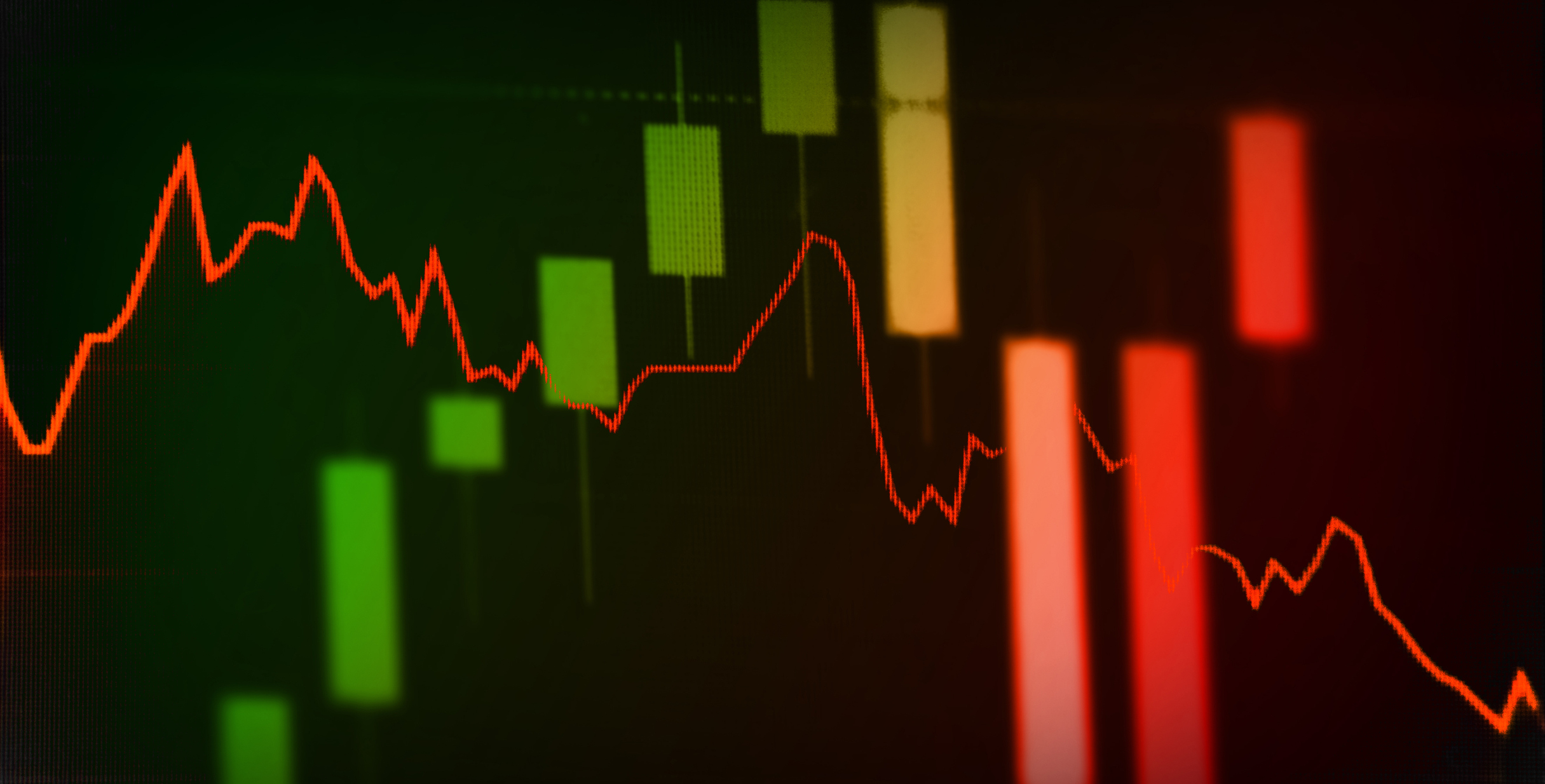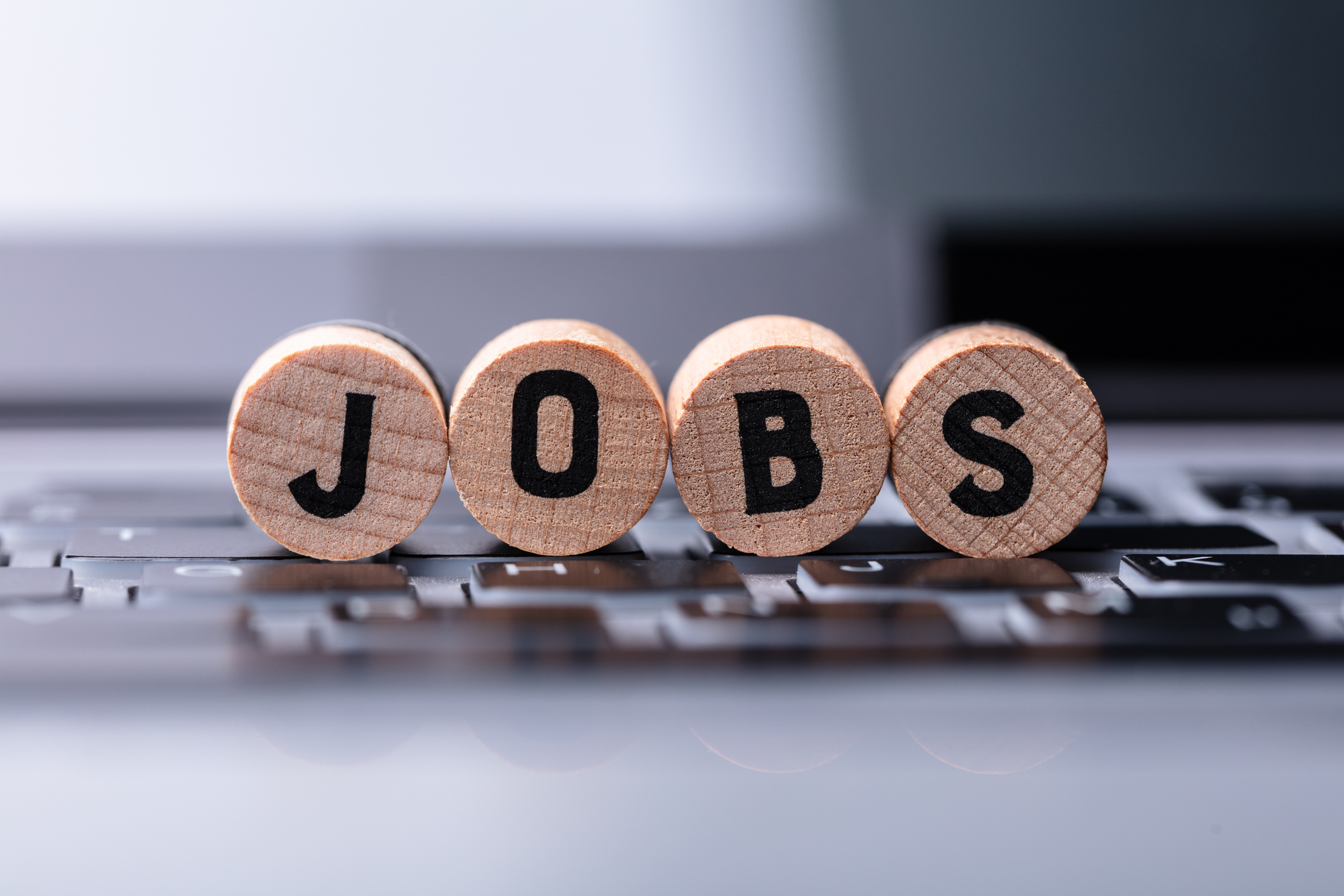Stock Market Today: Stocks Are Mixed Before Liberation Day
Markets are getting into the freewheeling rhythm of a second Trump administration.



The first day of the second quarter was a lot like the last day of the first quarter: Choppy. The major indexes opened lower, surged higher and gave every indication the pattern will persist until we have clarity on economic policy from Washington, D.C. And tomorrow is the so-called Liberation Day, when tariff plans will be announced.
By the closing bell, the Dow Jones Industrial Average was down marginally at 41,989, the S&P 500 added 0.4% to 5,633, and the Nasdaq Composite was higher by 0.9% to 17,449.
As is ever the fact pattern these days, investors, traders and speculators await word from President Donald Trump about his tariff plans. As Bloomberg reports, the big Rose Garden event is Wednesday at 4 pm Eastern Daylight Time.
From just $107.88 $24.99 for Kiplinger Personal Finance
Become a smarter, better informed investor. Subscribe from just $107.88 $24.99, plus get up to 4 Special Issues

Sign up for Kiplinger’s Free Newsletters
Profit and prosper with the best of expert advice on investing, taxes, retirement, personal finance and more - straight to your e-mail.
Profit and prosper with the best of expert advice - straight to your e-mail.
"Rising prices while business activity slows imply the economy could be heading into stagflation," explains LPL Financial Chief Economist Jeffrey Roach, "a time when investors find safety in hard assets."
But there are no easy answers right now, for anyone. As Roach notes, "The Fed finds themselves in a tough spot because shaky corporate and consumer confidence could slow spending, leading to more than just a slowdown."
Now for the "contraction" part
The Institute for Supply Management said its Purchasing Managers Index (PMI) slipped back into contraction territory in March. PMI was 49 last month, down from 50.3 in February and below a FactSet-compiled consensus forecast of 49.5.
A PMI reading above 50 indicates growth. The widely watched indicator of manufacturing activity was above 50 for the first two months of 2025. It was below 50 for 26 straight months before January.
The new orders index, a measure of future demand, declined to 45.2 in March from 48.6 in February. New orders expanded from November through January.
Respondents cited "anxiety about continued tariffs and pricing pressures" for the emerging downtrend. "Business condition is deteriorating at a fast pace," said one respondent. "Tariffs and economic uncertainty are making the current business environment challenging."
According to Wells Fargo economists Shannon Grein and Tim Quinlan, "A front-running of tariffs and shift to minimize import exposure is driving up prices, while persistent uncertainty is crimping underlying demand and leaves manufacturers longing for clarity."
Meanwhile, the Bureau of Labor Statistics said its Job Openings and Labor Turnover Survey (JOLTS) showed the number of job openings slipped to 7.57 million in February from 7.76 million in January.
According to the BLS, hires (5.39 million in February vs 5.37 in January) and total separations (5.26 million vs 5.27 million) were steady. Quits (3.19 million vs 3.25 million) and layoffs and discharges (1.79 million vs 1.17 million) were flat too.
The job opening rate for February was 4.5%, in line with pre-pandemic levels and indicating the labor market is returning to more normal levels. And the ratio of job openings to unemployed workers fell back to 1.07, the lowest level since September.
"After a solid fourth quarter," write Grein's and Quinlan's colleagues Sarah House, Nicole Cervi and Aubrey Woessner, "labor demand is showing additional signs of moderating in the early innings of 2025."
Risk seems weighted to the downside, as "further declines in vacancies risk signaling outright weakness rather than a return to a balanced labor market."
What will Tesla deliver?
Tesla (TSLA) stock popped again on Tuesday, rising 3.4% ahead of its scheduled release of first-quarter electric vehicle delivery numbers on Wednesday.
TSLA closed the first quarter with a loss of 35.8%, its worst January-to-March ever. Wall Street expects the EV maker to report 380,000 first-quarter deliveries. Estimates are on the downtick, though.
Wedbush analyst Dan Ives affirmed his Outperform (which means "buy") and his 12-month target price of $550 in a March 26 note.
"We expect a very soft rip the band-aid off 1Q delivery number to hit on April 2," Ives wrote. The analyst said Tesla's EV deliveries "could be in the 355k to 360k range," or down approximately 7% year over year.
As Ives said, "Original Street estimates were over 400k to start the quarter and have come down drastically as the weekly global data has weakened."
What's with Johnson & Johnson?
Johnson & Johnson (JNJ) was down 7.6% and was the worst of the 30 Dow Jones stocks on T-minus one before Liberation Day after a Texas bankruptcy judge dismissed its proposal to settle its mass talc liabilities through the Chapter 11 process.
Litigation based on claims that Johnson & Johnson's baby powder and other talc-based products harmed consumers weighed on JNJ stock in 2024. But, after it generated a loss of 4.8% last year, JNJ was up 15.6% in the first quarter.
UBS analyst Danielle Antalffy reiterated her Buy rating and her $180 12-month price target for JNJ. Antalffy conceded that "talc uncertainty is likely to continue to weigh on shares."
Related content
Profit and prosper with the best of Kiplinger's advice on investing, taxes, retirement, personal finance and much more. Delivered daily. Enter your email in the box and click Sign Me Up.

David Dittman is the former managing editor and chief investment strategist of Utility Forecaster, which was named one of "10 investment newsletters to read besides Buffett's" in 2015. A graduate of the University of California, San Diego, and the Villanova University School of Law, and a former stockbroker, David has been working in financial media for more than 20 years.
-
 Nasdaq Sinks 418 Points as Tech Chills: Stock Market Today
Nasdaq Sinks 418 Points as Tech Chills: Stock Market TodayInvestors, traders and speculators are growing cooler to the AI revolution as winter approaches.
-
 23 Last-Minute Gifts That Still Arrive Before Christmas
23 Last-Minute Gifts That Still Arrive Before ChristmasScrambling to cross those last few names off your list? Here are 23 last-minute gifts that you can still get in time for Christmas.
-
 The Rule of Compounding: Why Time Is an Investor's Best Friend
The Rule of Compounding: Why Time Is an Investor's Best FriendDescribed as both a "miracle" and a "wonder," compound interest is simply a function of time.
-
 Nasdaq Sinks 418 Points as Tech Chills: Stock Market Today
Nasdaq Sinks 418 Points as Tech Chills: Stock Market TodayInvestors, traders and speculators are growing cooler to the AI revolution as winter approaches.
-
 The Rule of Compounding: Why Time Is an Investor's Best Friend
The Rule of Compounding: Why Time Is an Investor's Best FriendDescribed as both a "miracle" and a "wonder," compound interest is simply a function of time.
-
 If You're a U.S. Retiree Living in Portugal, Your Tax Plan Needs a Post-NHR Strategy ASAP
If You're a U.S. Retiree Living in Portugal, Your Tax Plan Needs a Post-NHR Strategy ASAPWhen your 10-year Non-Habitual Resident tax break ends, you could see your tax rate soar. Take steps to plan for this change well before the NHR window closes.
-
 Stocks Chop as the Unemployment Rate Jumps: Stock Market Today
Stocks Chop as the Unemployment Rate Jumps: Stock Market TodayNovember job growth was stronger than expected, but sharp losses in October and a rising unemployment rate are worrying market participants.
-
 The Delayed November Jobs Report Is Out. Here's What It Means for the Fed and Rate Cuts
The Delayed November Jobs Report Is Out. Here's What It Means for the Fed and Rate CutsThe November jobs report came in higher than expected, although it still shows plenty of signs of weakness in the labor market.
-
 Your Year-End Tax and Estate Planning Review Just Got Urgent
Your Year-End Tax and Estate Planning Review Just Got UrgentChanging tax rules and falling interest rates mean financial planning is more important than ever as 2025 ends. There's still time to make these five key moves.
-
 What Makes This Business So Successful? We Find Out From the Founder's Kids
What Makes This Business So Successful? We Find Out From the Founder's KidsThe children of Morgan Clayton share how their father's wisdom, life experience and caring nature have turned their family business into a respected powerhouse.
-
 Stocks Struggle Ahead of November Jobs Report: Stock Market Today
Stocks Struggle Ahead of November Jobs Report: Stock Market TodayOracle and Broadcom continued to fall, while market participants looked ahead to Tuesday's jobs report.